ANTONIO MARRAS RESORT 2026
“Ah! What a strange evening this evening, what a strange climate. I see from my room the windows of these faceless buildings light up. I hear various radio stations spewing their hurdy-gurdy music to this idle crowd that has come from beyond the seas and does not even know nostalgia.” Excerpt from Letter to an American written by Antoine de Saint-Exupéry on the night of 29 May 1944, in Alghero.
Antoine Jean Baptiste Marie Roger de Saint-Exupéry, also known by the pseudonym Tonio (Lyon, 29 June 1900 – Riou, 31 July 1944) was a French writer and aviator. He is famous as the author of the novel “The Little Prince”, which in 2024 reached the milestone number of 600 translations in different languages and dialects and is the most widely-translated volume in the world, surpassing even religious texts.
Saint-Exupéry spent the last months of his life in Porto Conte, in the municipality of Alghero. He arrived in the city on 10 May 1944 with his friend John Phillips, a pioneer of photojournalism. The photojournalist began preparing a feature for “Life” magazine, in which he followed his aviator friend and recounted his latest missions.
They arrived in Alghero at the military airport of Fertilia. We know that during his long stay in Alghero he lived in one of the villas in Porto Conte located on a slight hill overlooking the sea, between Capo Caccia and Punta Giglio.
Although the writer was given the best room, it offered few comforts, and was little more than a monastic cell. The neighbouring rooms, meanwhile, were occupied by his friend Jean Leleu and the American Robinson. However, we have dedicated this collection to a person who was very special to him: his wife:
Consuelo Suncín-Sandoval Zeceña de Gómez (Armenia, 10 April 1901 – Grasse, 28 May 1979) A Salvadoran writer, painter, sculptor and artist, she was also the inspiration for “The Little Prince”: she is the fox who wants to be tamed, the mysterious snake, the volcanoes of the Little Prince’s native asteroid, and above all she is the rose, the only thing he has to return to. And from which the writer had always returned.
She studied art in San Francisco. She then moved to Mexico where she came into contact with the famous muralist Diego Rivera. In Paris, she made friends with the famous surrealist group, André Breton, Marcel Duchamp, Balthus, Marx Ernst and especially Picasso, who encouraged her to continue painting. In the United States, she opened her home on Long Island to friends fleeing the war, giving refuge, among others, to Ingrid Bergman, Jean Gabin, Greta Garbo, Marlène Dietrich and Jean Renoir. After her husband’s death, she worked in Bloomingdale’s department stores as a window-dresser, thanks to Salvador Dalì, to whom she would always remain very close.
In the narrative of the collection, Consuelo, an extraordinary, unpredictable, independent, talented, multifaceted, beautiful woman, who is in love, decides to surprise her sweetheart Tonio. And she decides to fly out to see him in the magical land of Porto Conte, Alghero. Yes, that’s right, flying a small reconnaissance plane, a Lockheed P-38 Lightning, the famous plane used by Antoine de Saint-Exupéry on his missions.
And so the collection takes inspiration from what she sees. First of all, the colours of the sea, the sky, the earth and the roofs of Alghero. And then the aqua blues, the greeny-blues, the ceruleans, and the dusty sky blues. The dazzling yellow of the sun entrapped by the clouds and then the colours of the earth, those of the majestic promontory of Capo Caccia with clay colours, browns, burgundy, khaki green, blacks, burnt tones, mocha, ginger, amber, naturals hues and touches of Bordeaux, pink and coral. And then reflections, shimmering, flashes of light and ripples.
And then reflecting how Consuelo would dress, sometimes very feminine, sometimes with a rather dandy, masculine edge, very garçonne-style. All the fabrics dear to the maison: checks, stripes, pinstripes, flowers, lace, embroidery, inlays and decorations. Everything goes with everything. Create ultra-simple or layered looks, depending on your mood, personality or boldness.
Sky blue and yellow checks, light blue striped cotton shirts with different backgrounds sewn on the bias to create different patterns. A tribute to Alghero with a postcard effect, very summery and very “Riviera del Corallo”. Shirts and dresses in sky blue striped poplin overprinted with gold flowers. Indigo denim and faded brown jeans in pieces borrowed from Daddy’s wardrobe. Fuchsia pink flowers against a dusty pleated crepe background for padded jackets and dresses ideal for a vernissage. A close-fitting jacket and black skirt enhanced by needled fur. Series in burgundy placed foliage jacquard, coat dresses, jackets, skirts and kimonos. Series in burgundy fresh wool with tonal lace.
Stretch brown pinstripe for oversized shapes and fitted volumes for the contrasting bodice. Checks, jacquard, embroidered pinstripes and stretch fabrics are all materials and models to be processed and mixed together. The star print of the series features large and small cream gardenias on a silk twill with a pale, floaty background paired with flocked organza with brown velvet polka dots.
Not to mention the embroidered garments. Jackets, blazers, duster coats, Gavoi gilets and leather skirts. Jersey garments, sweatshirts and t-shirts, our iconic oversized shirts, embroidered Robespierre waistcoats and parkas. Embroidered knitwear, knitted staples, jacquard that pays tribute to the dome of San Michele in Alghero, and the stretch garments in light blue, burgundy and cream. And then the bags and shoes. All of this to dress Consuelo, an extraordinarily modern and independent woman, the Antonio Marras muse.
“One sees clearly only with the heart. The essential is invisible to the eyes”
(Antoine de Saint-Exupéry, The Little Prince, chapter XXI)
NB: In 2019, the MASE – Antoine de Saint-Exupéry Museum was inaugurated in the Capo Caccia – Isola Piana Protected Marine Area of Alghero, Sardinia – the same lands that welcomed Antoine de Sain-Exupéry in 1944 – inside the Torre Nuova di Porto Conte, an Aragonese tower built in 1572, and became the first museum in Italy dedicated to the biography of the writer and aviator.
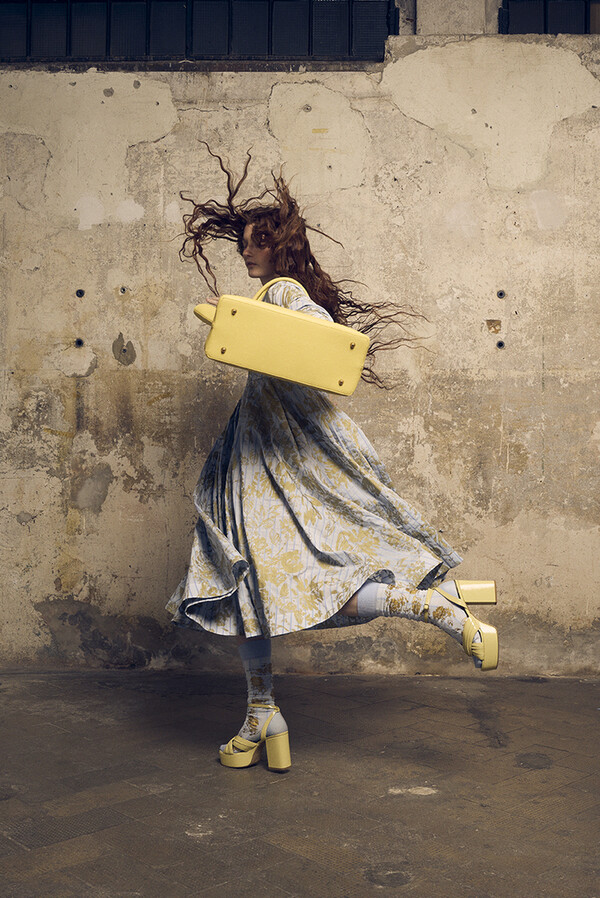
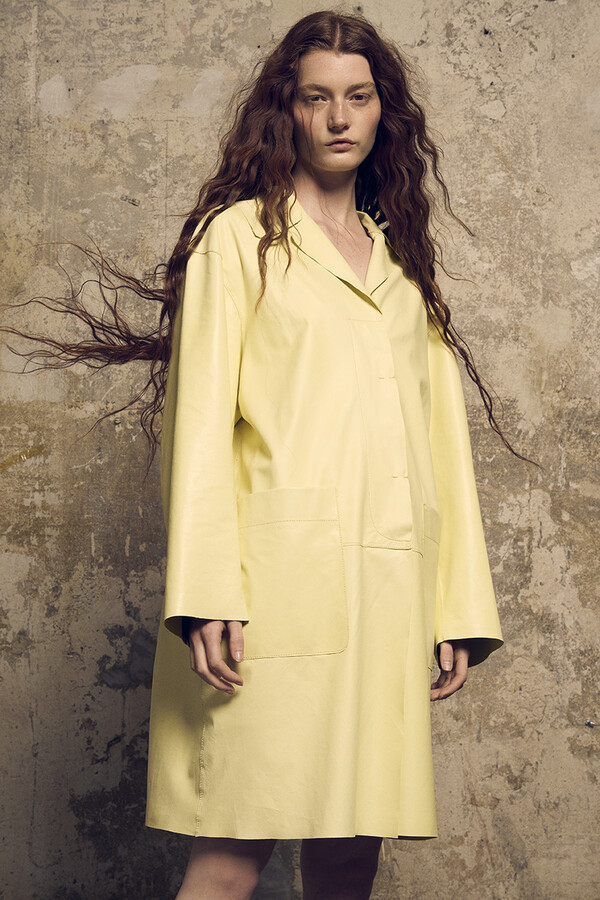
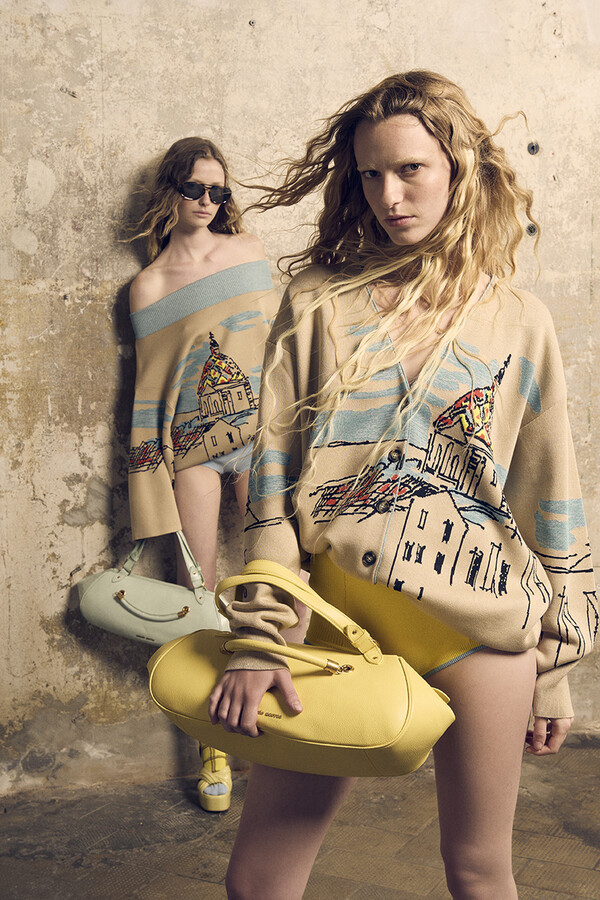
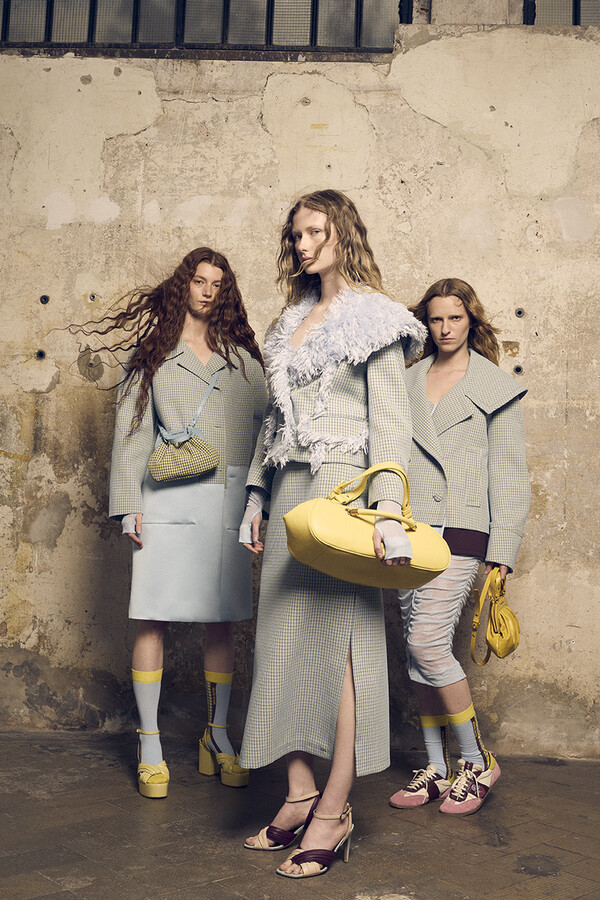
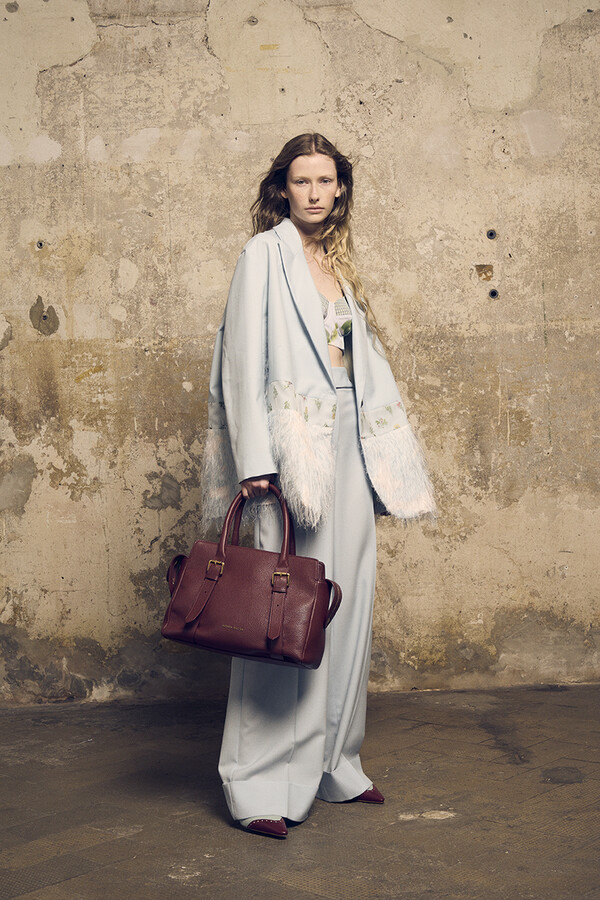
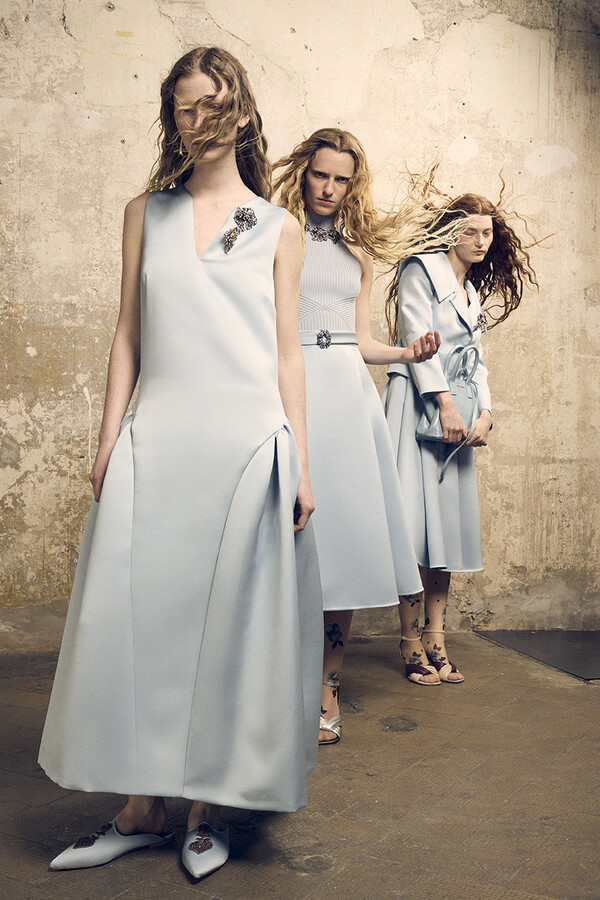
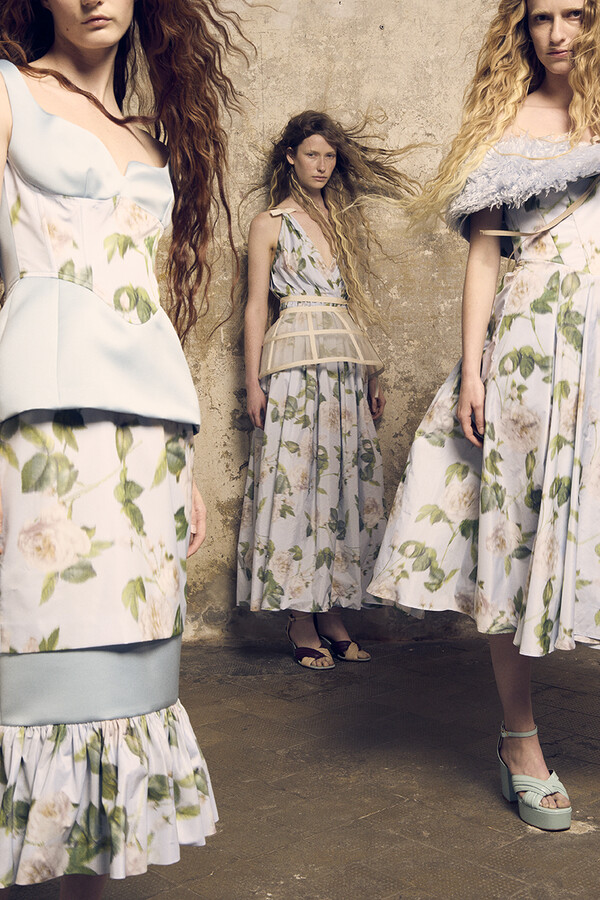
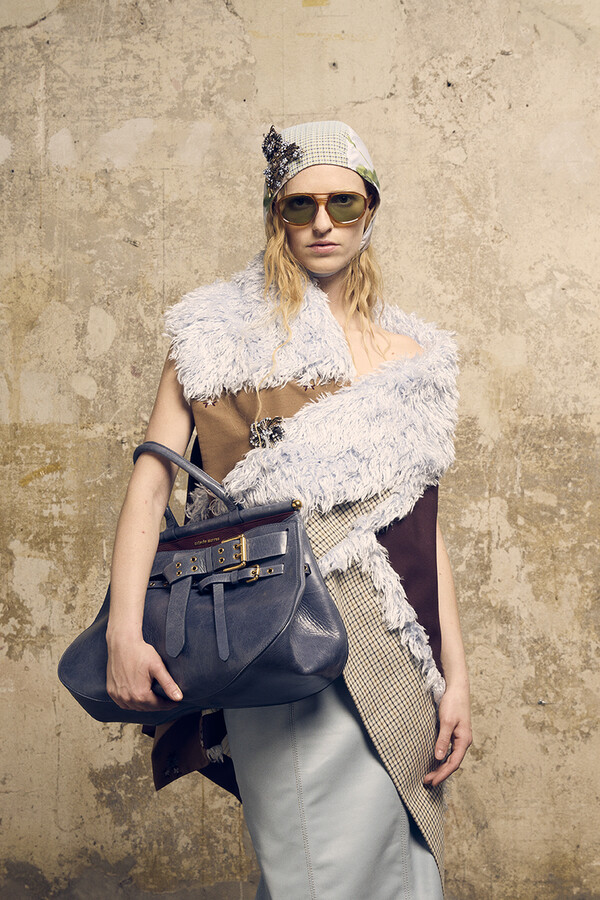
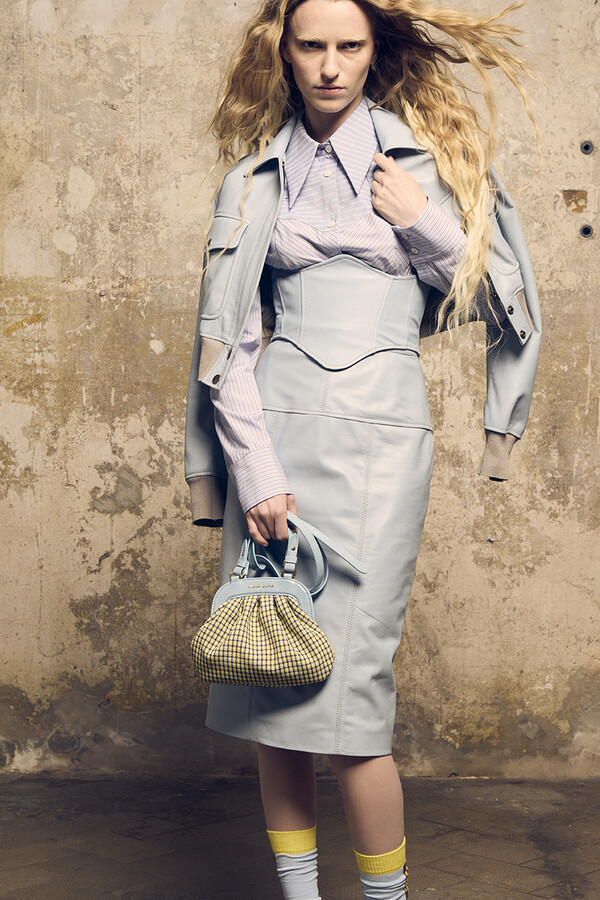
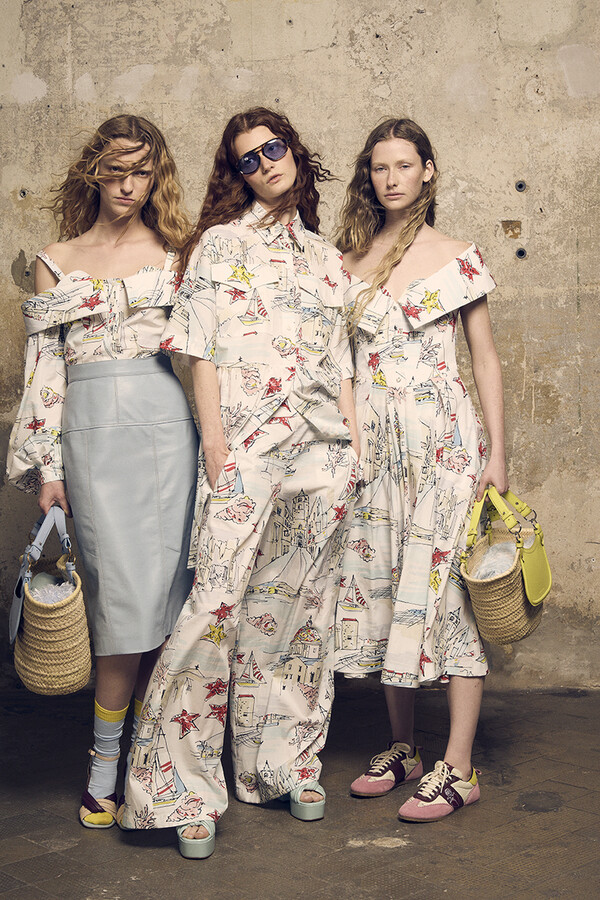
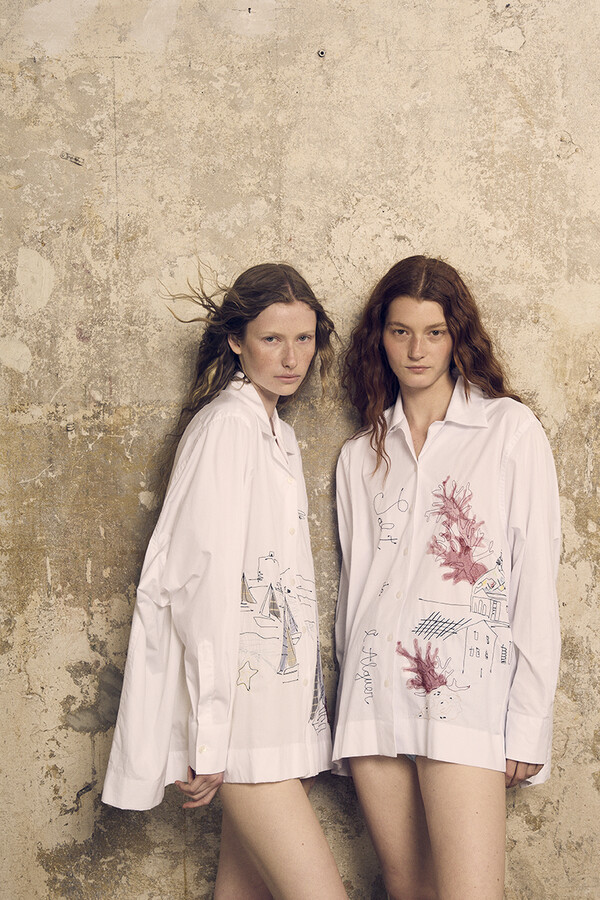
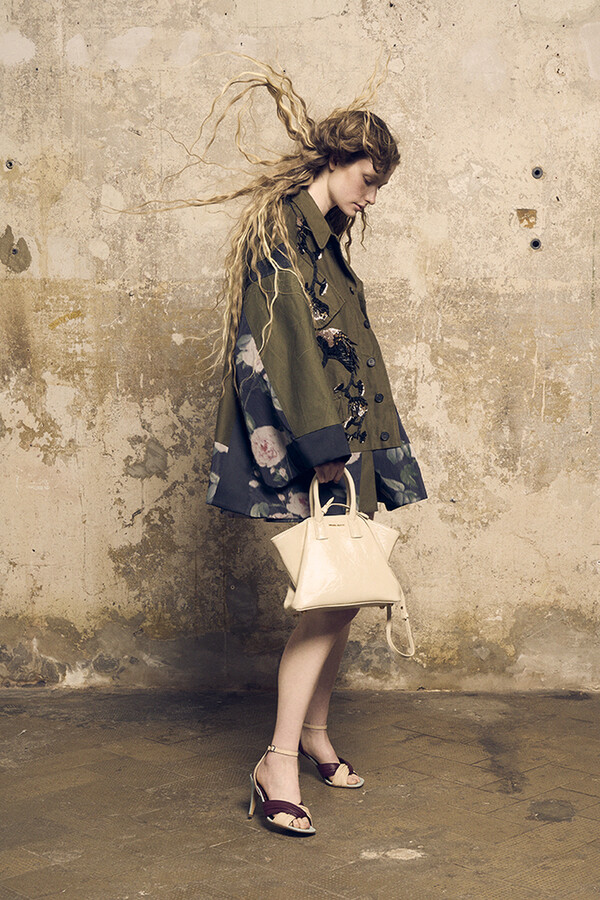
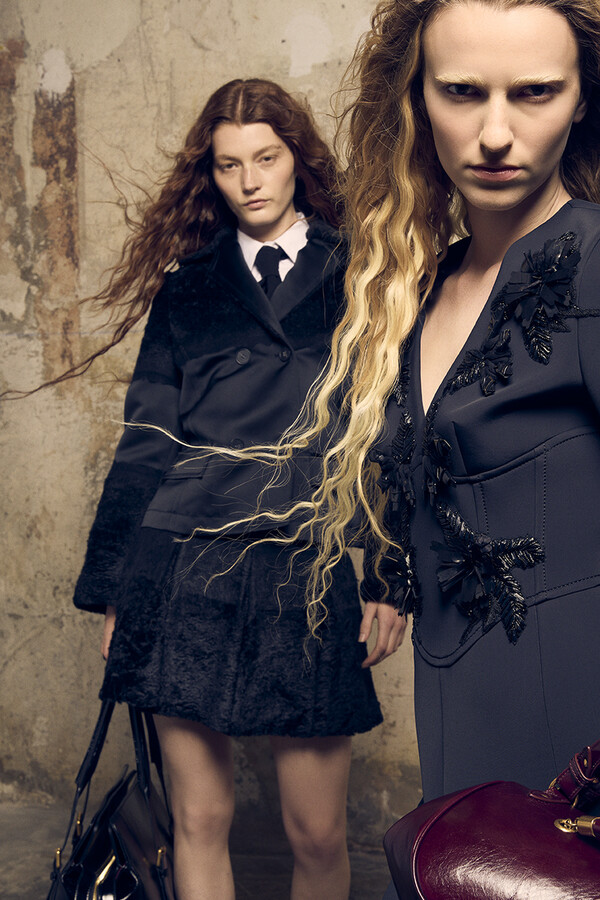
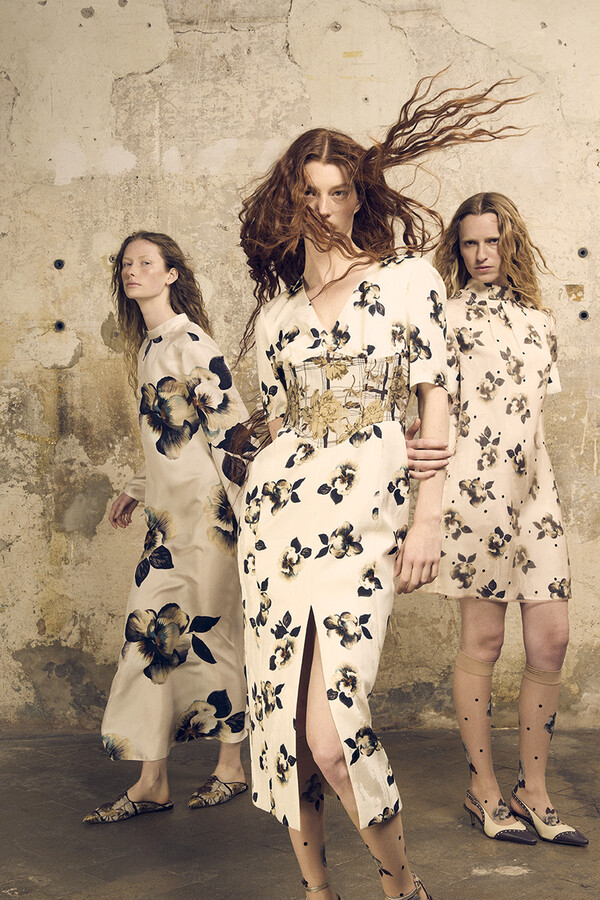
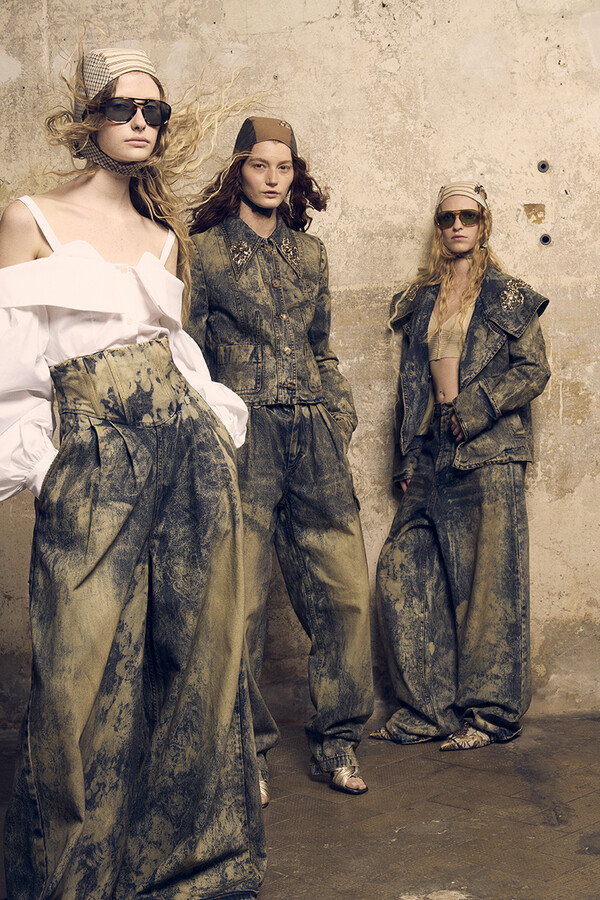
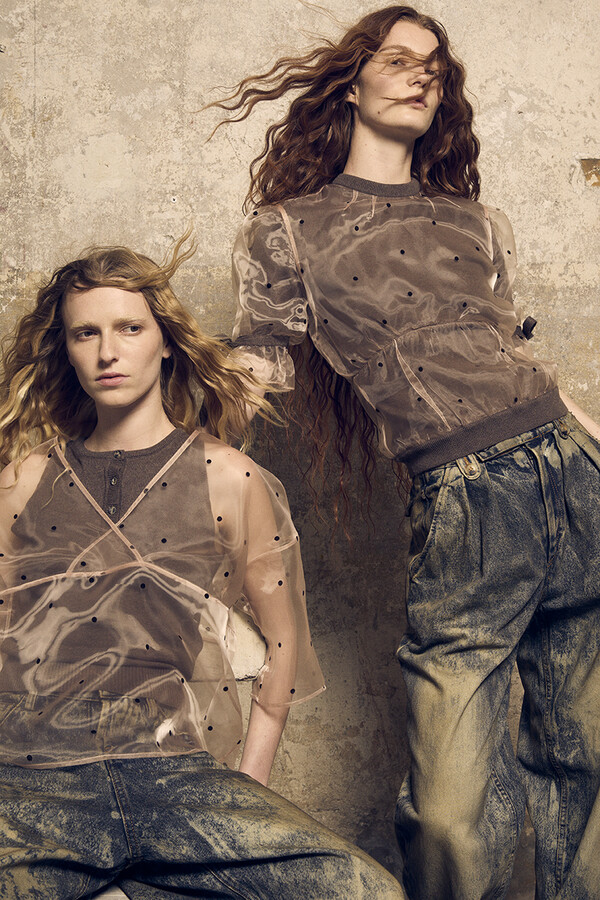
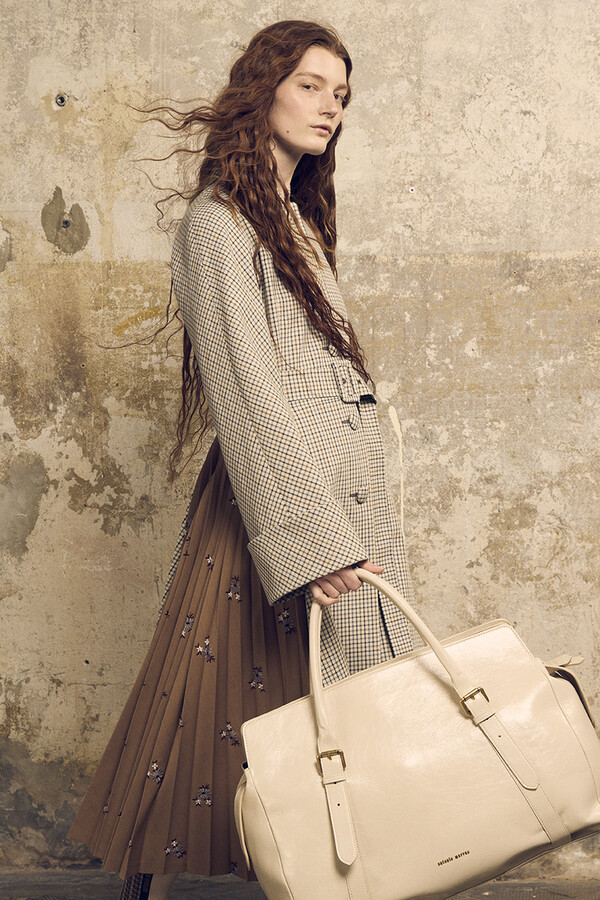
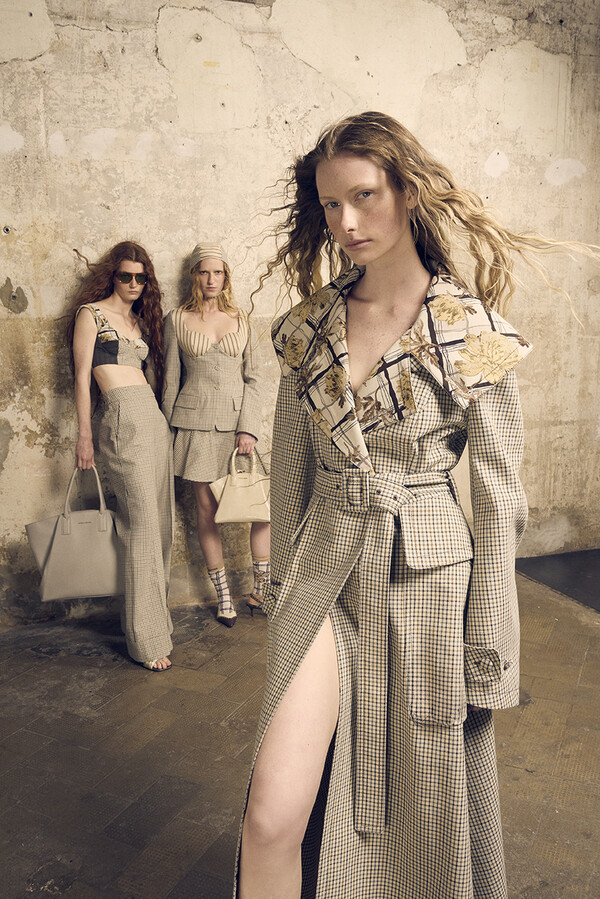
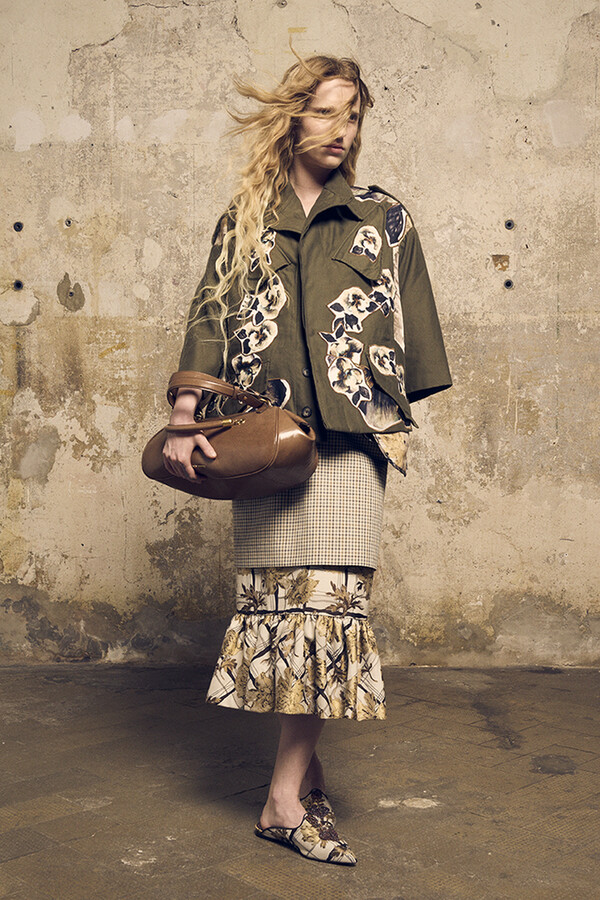
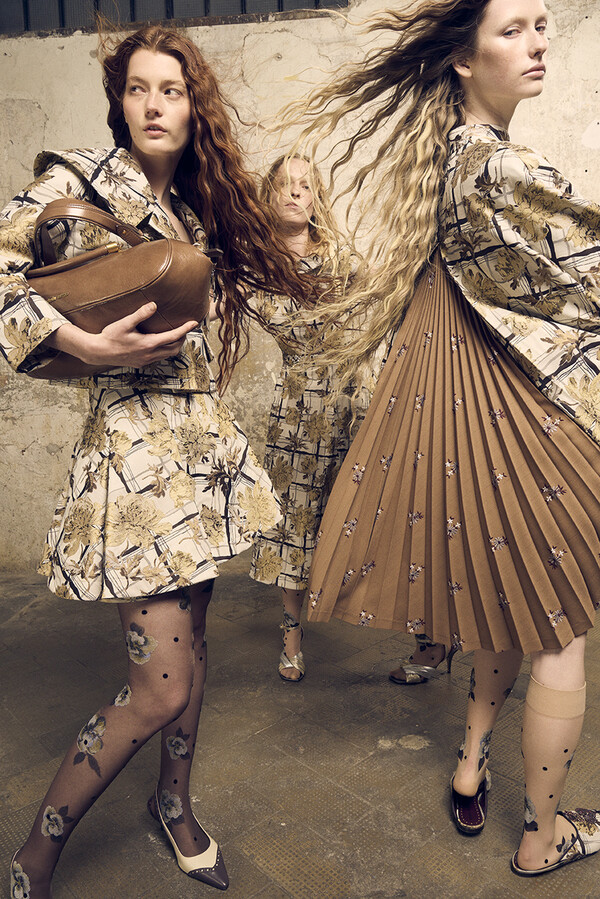
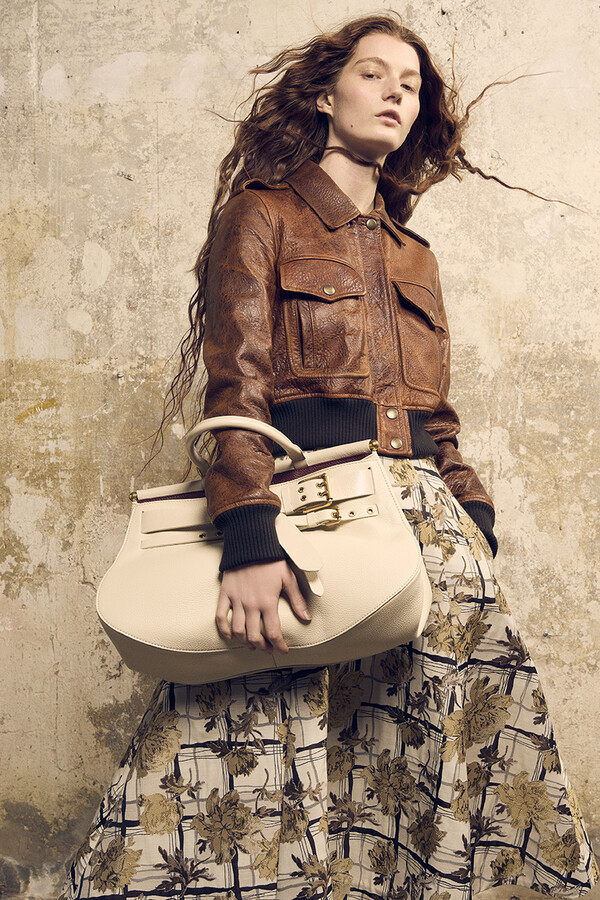
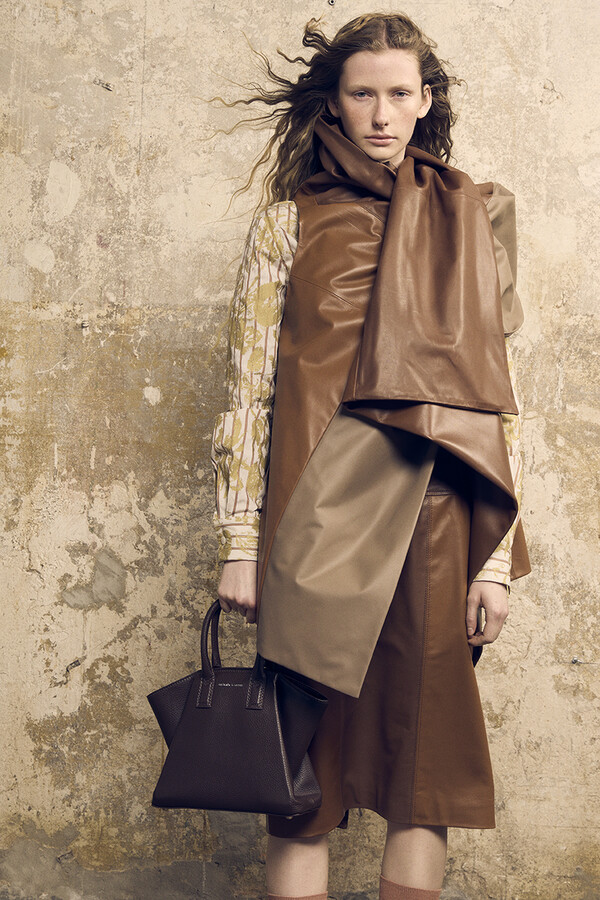
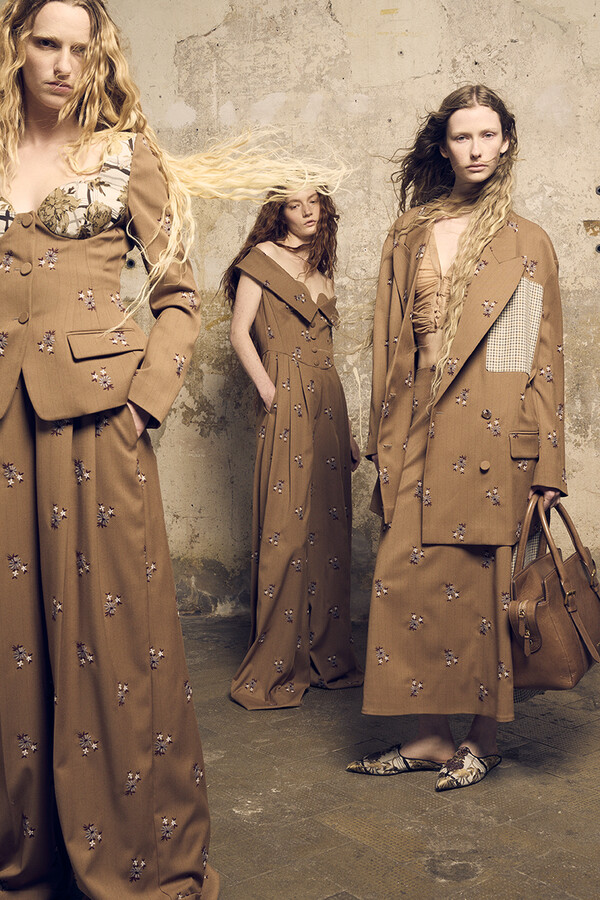
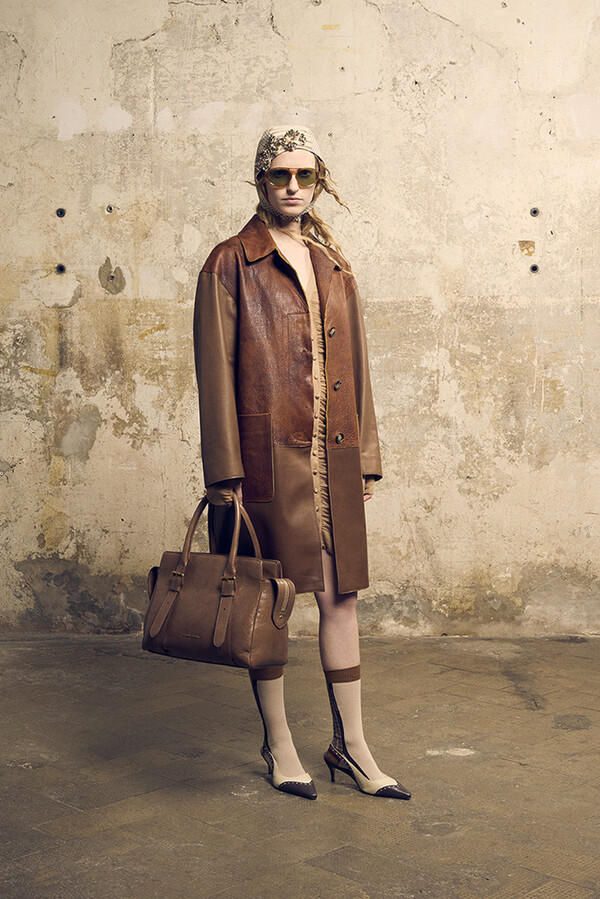
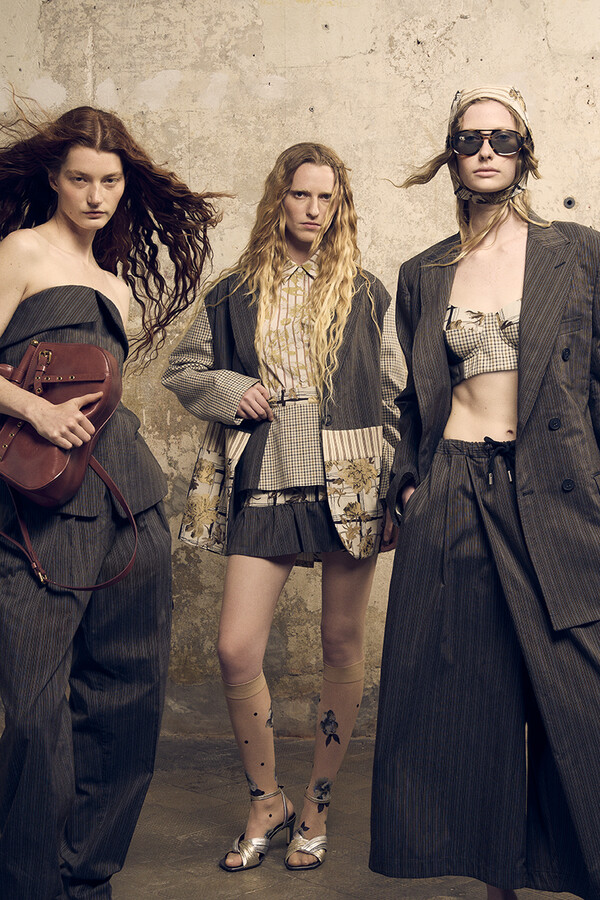
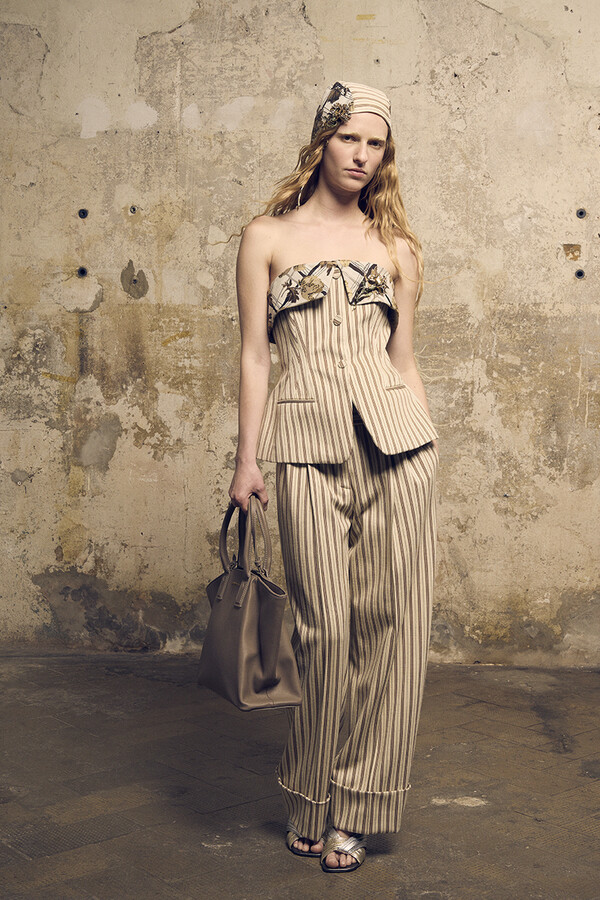
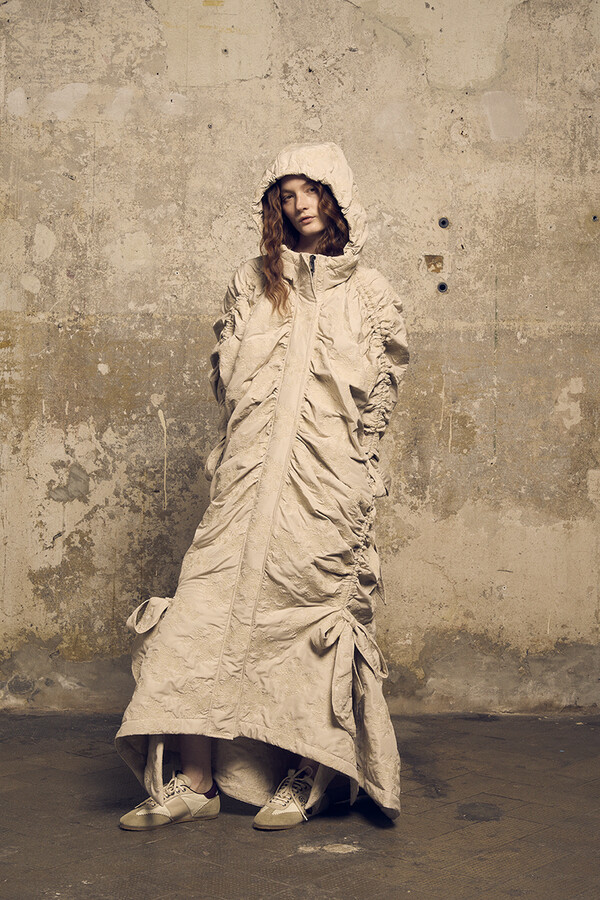
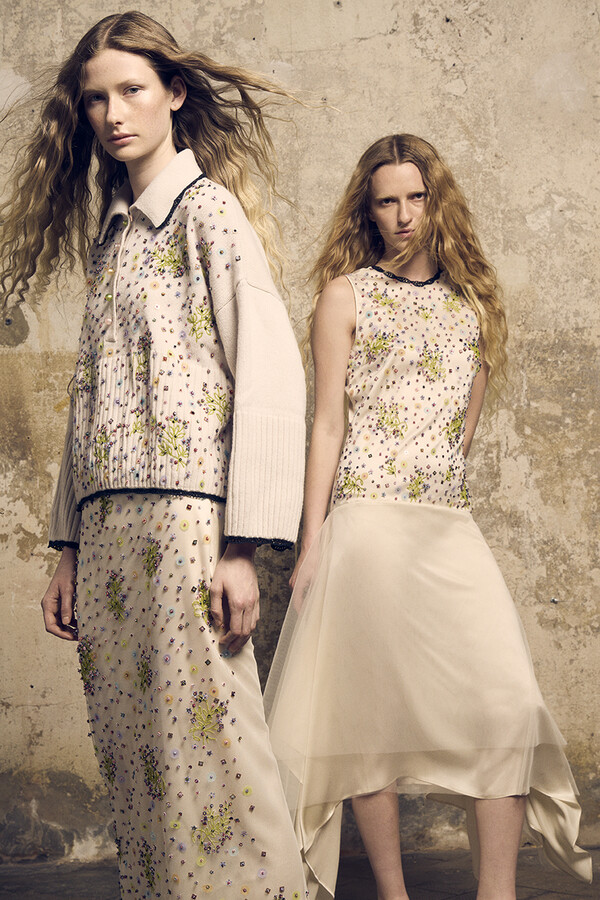
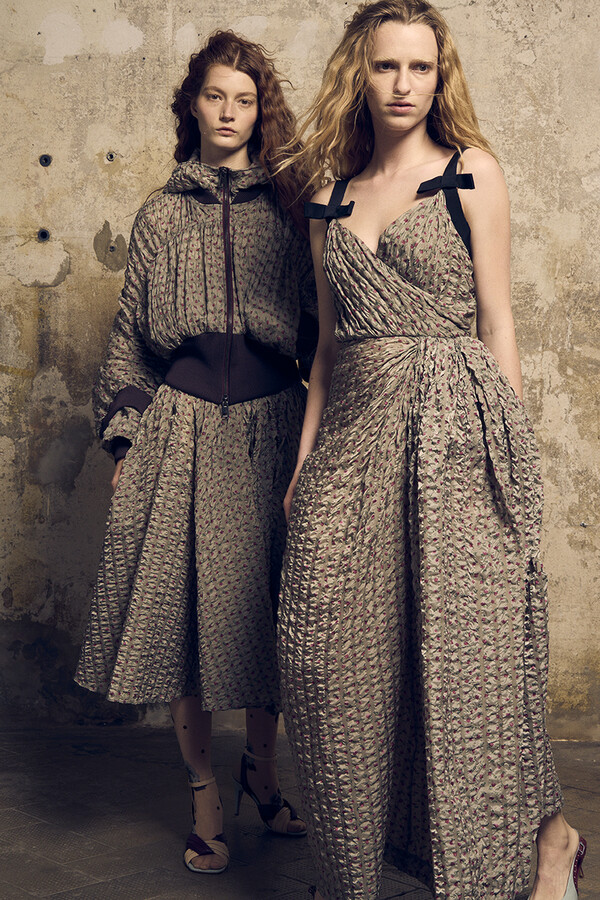
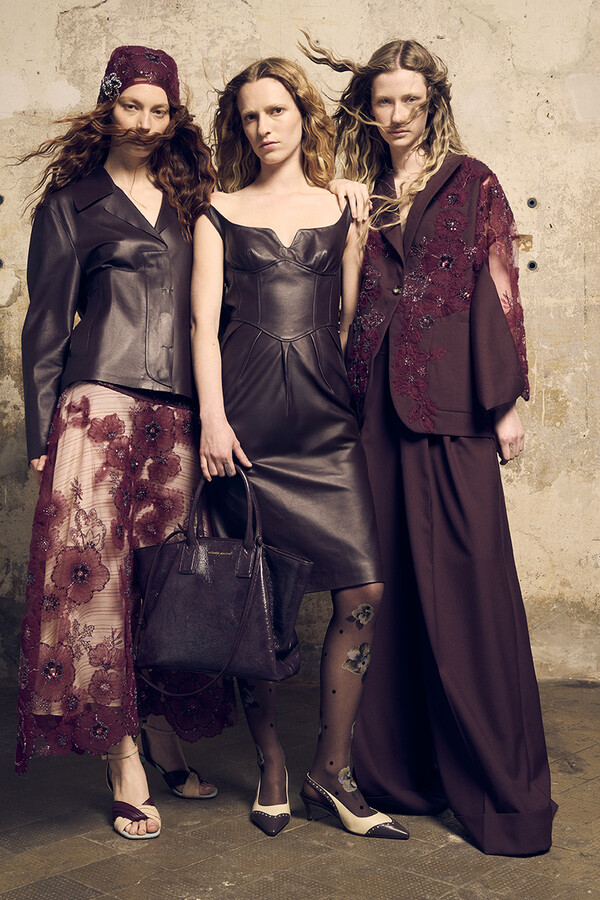
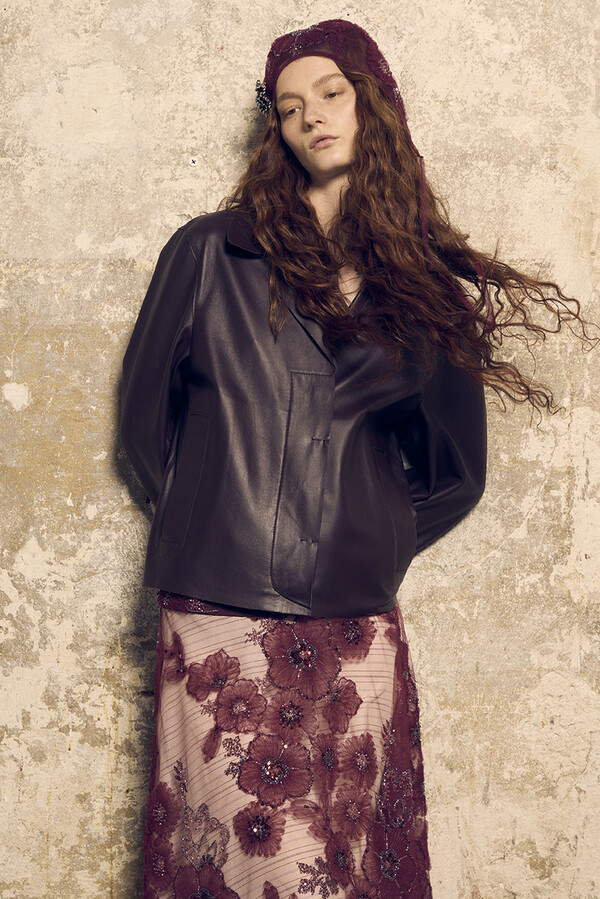
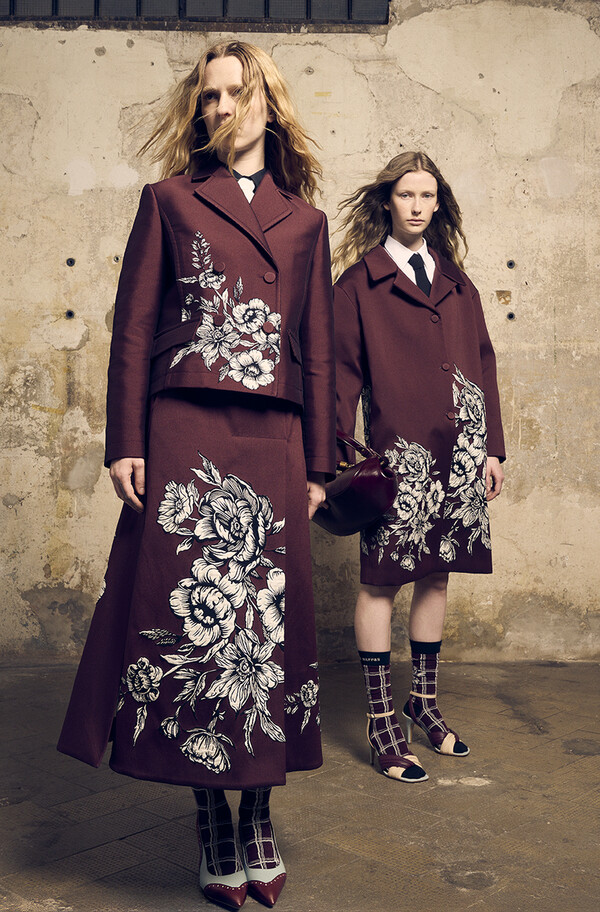
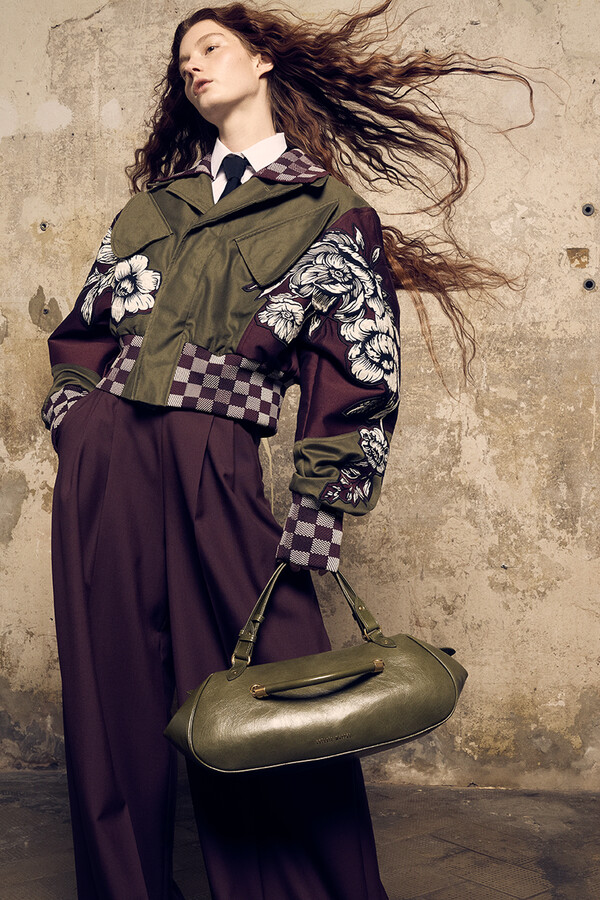
All images courtsey of Antonio Marras